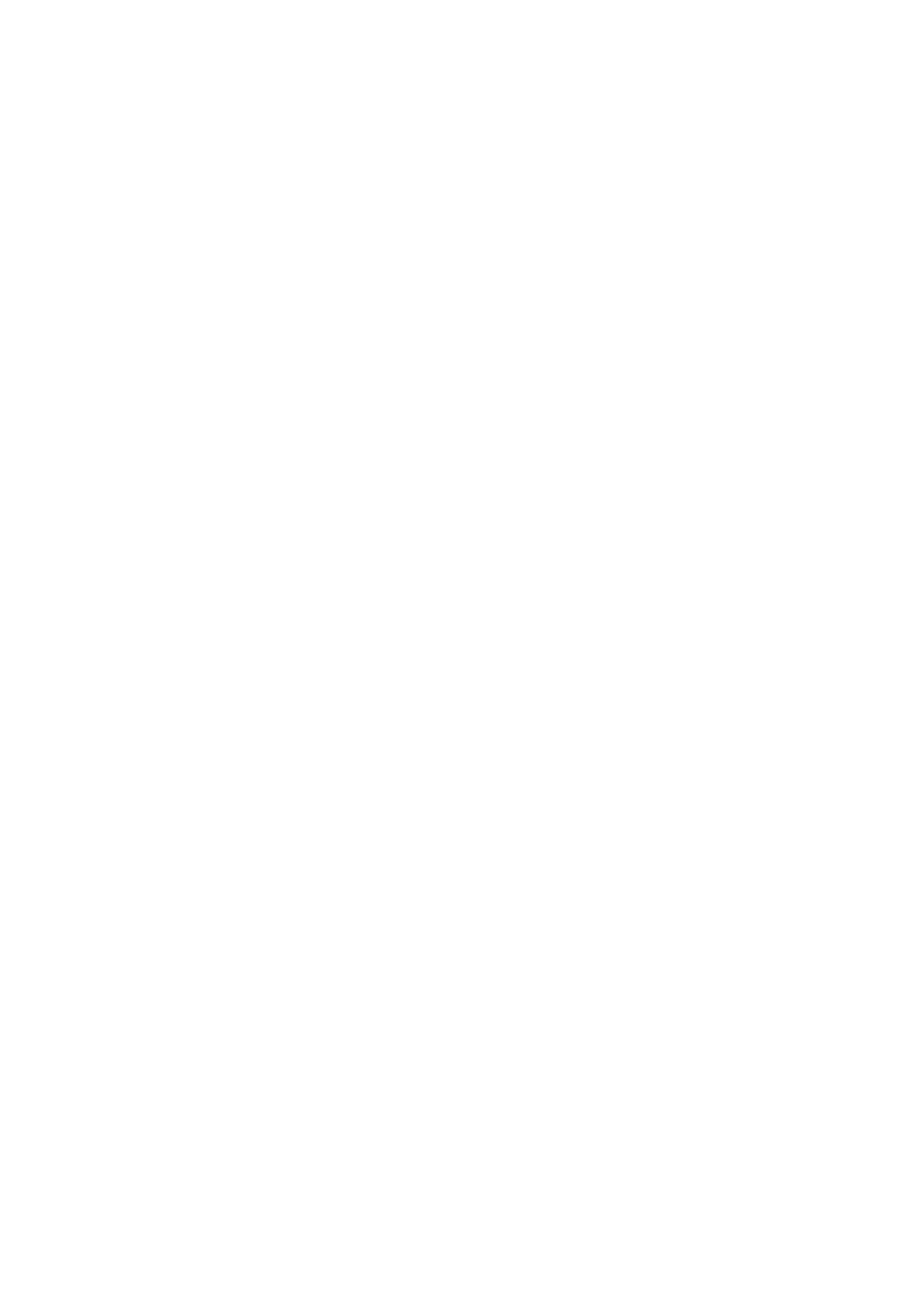

BEAM P
LUS FOR
N
EW
B
UILDINGS
I
NDOOR
E
NVIRONMENTAL
Q
UALITY
(I
EQ
)
V
ERSION
1.2
I
EQ
16
I
NTERIOR
L
IGHTING IN
N
ORMALLY
O
CCUPIED
A
REAS
Copyright © 2012 BEAM Society Limited. All rights reserved.
Page 176
are deemed to meet the assessment criteria.
The Client shall submit a report prepared by a suitably qualified person
detailing the automatic control of artificial lighting such as daylight
sensors in perimeter zones and/or occupancy sensors.
M
EASURED
P
ERFORMANCE
For lighting installations that are already installed, horizontal and vertical
illuminance and luminance can be measured using a lux meter and a
luminance meter. The colour quality of lamps can be assessed from the
lamp specifications. Colour appearance (correlated colour temperature)
can be checked from the lamp labels or by measurement using a colour
meter. Flicker can be assessed by whether the specified ballasts are
magnetic or electronic, and can be tested using a simple ‘flicker meter’.
Air diffusers located near to fluorescent luminaires with open lamp
compartments may result in cool air blowing over the lamps directly
causing decrease light output and lamp efficacy. The design details
should demonstrate that the cool air from diffusers will not adversely
impact lamp performance.
C
OMPUTATION
The ‘lumen method’ can be used to calculate the maintained illuminance
over the working plane according to the calculation procedure described
in Section 4.5.3 of the CIBSE Code or in Appendix 3 of the CIBSE
Lighting Guide [6]. The calculated maintained illuminance will then be
checked for compliance with the recommendations given in Section 2.6.4
of the Code, or the recommendations given in Chapter 5 of the Guide.
The illuminance variation consists of ‘uniformity’ which is concerned with
illuminance conditions on the task and immediate surroundings, and
‘diversity’ which expresses changes in illuminance across a larger space.
The uniformity and diversity can be calculated according to that
described in Section 4.5.4 of the Code. The calculated uniformity
(minimum to average illuminance) over any task area and immediate
surround should not be less than 0.8. The diversity of illuminance
expressed as the ratio of the maximum illuminance to the minimum
illuminance at any point in the ‘core area’ of the interior should not
exceed 5:1. The core area is that area of the working plane having a
boundary 0.5 m from the walls.
The glare index can be calculated according to either of the two methods
described by CIE
[2], or the CIBSE Technical Memoranda [7]. These
methods are also summarised in Section 4.5.6 of the CIBSE Code
[3].
The calculated glare index shall be checked for compliance with the
recommendations given in Section 2.6.4 of the Code or Chapter 5 of the
Lighting Guide.
For assessment using the IESNA Lighting Criteria, the calculation
methods described in Chapter 9 of the IESNA Lighting Handbook can be
used for the calculation of the following parameters:
horizontal and vertical illuminance;
glare: VCP or UGR; and
luminance.
Alternatively, a validated computer program such as RADIANCE,
LIGHTSCAPE etc can be used for the calculation. The calculated results
will then be checked for compliance with the recommended criteria in the
IESNA Lighting Design Guide.
6
The Chartered Institution of Building Services Engineers. Lighting Guide LG7: Lighting for offices. London, CIBSE, 1993.
7
The Chartered Institution of Building Services Engineers. Technical Memoranda TM10. Calculation of glare indices.
London, CIBSE, 1985.


















